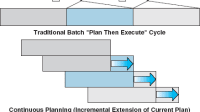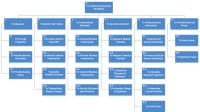A computer program implements the algorithm described in "Hypothetical Scenario Generator for Fault-Tolerant Diagnosis" (NPO-42516), NASA Tech Briefs, Vol. 31, No. 6 (June 2007), page 71. To recapitulate: the Hypothetical Scenario Generator (HSG) is being developed in conjunction with other components of artificial-intelligence systems for automated diagnosis and prognosis of faults in spacecraft, aircraft, and other complex engineering systems. The HSG accepts, as input, possibly incomplete data on the current state of a system (see figure).

This program was written by Mark James and Ryan Mackey of Caltech for NASA's Jet Propulsion Laboratory.
This software is available for commercial licensing. Please contact Karina Edmonds of the California Institute of Technology at (626) 395-2322. Refer to NPO-43097.
This Brief includes a Technical Support Package (TSP).

Generating Scenarios When Data Are Missing
(reference NPO-43097) is currently available for download from the TSP library.
Don't have an account? Sign up here.






